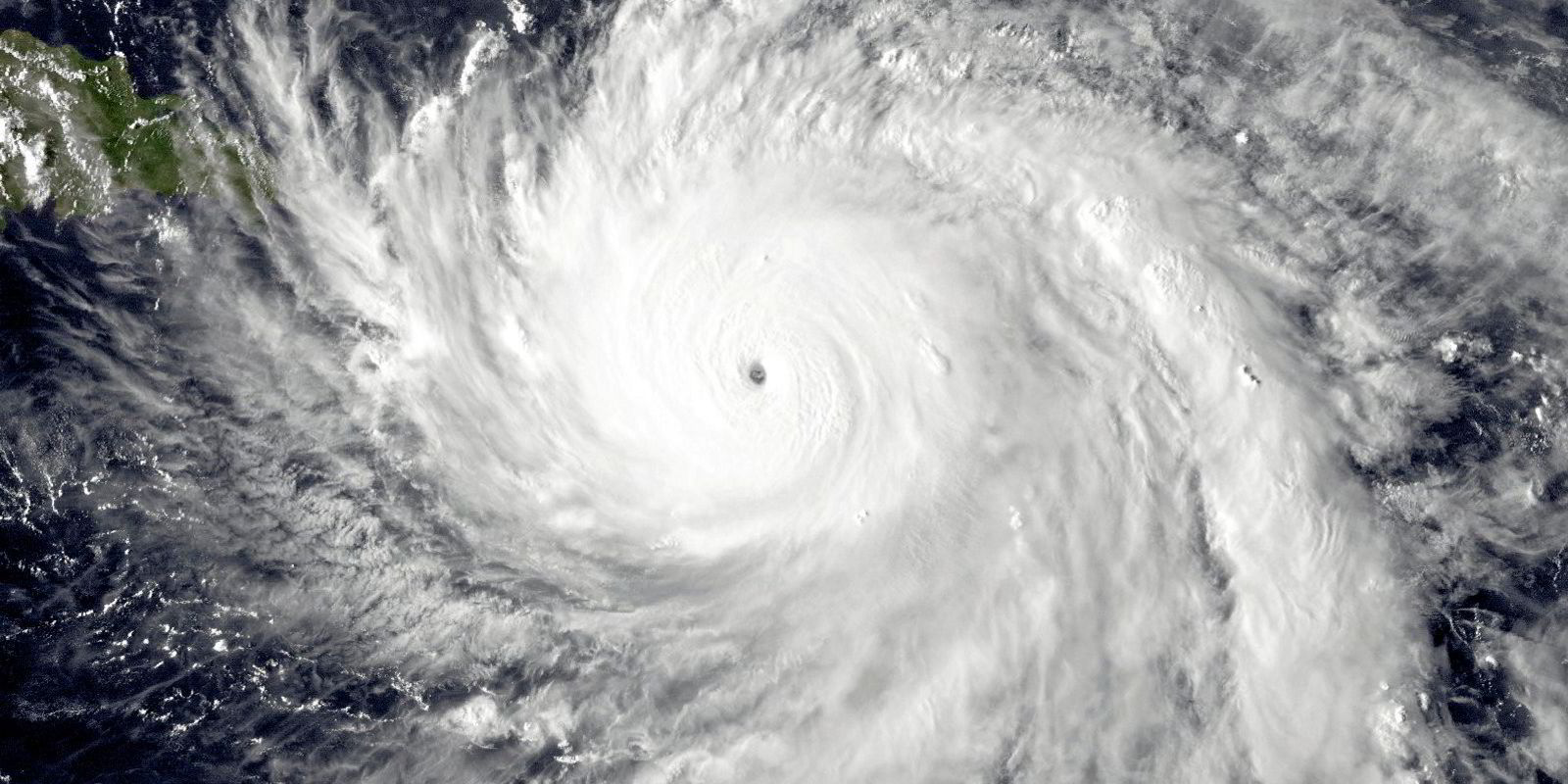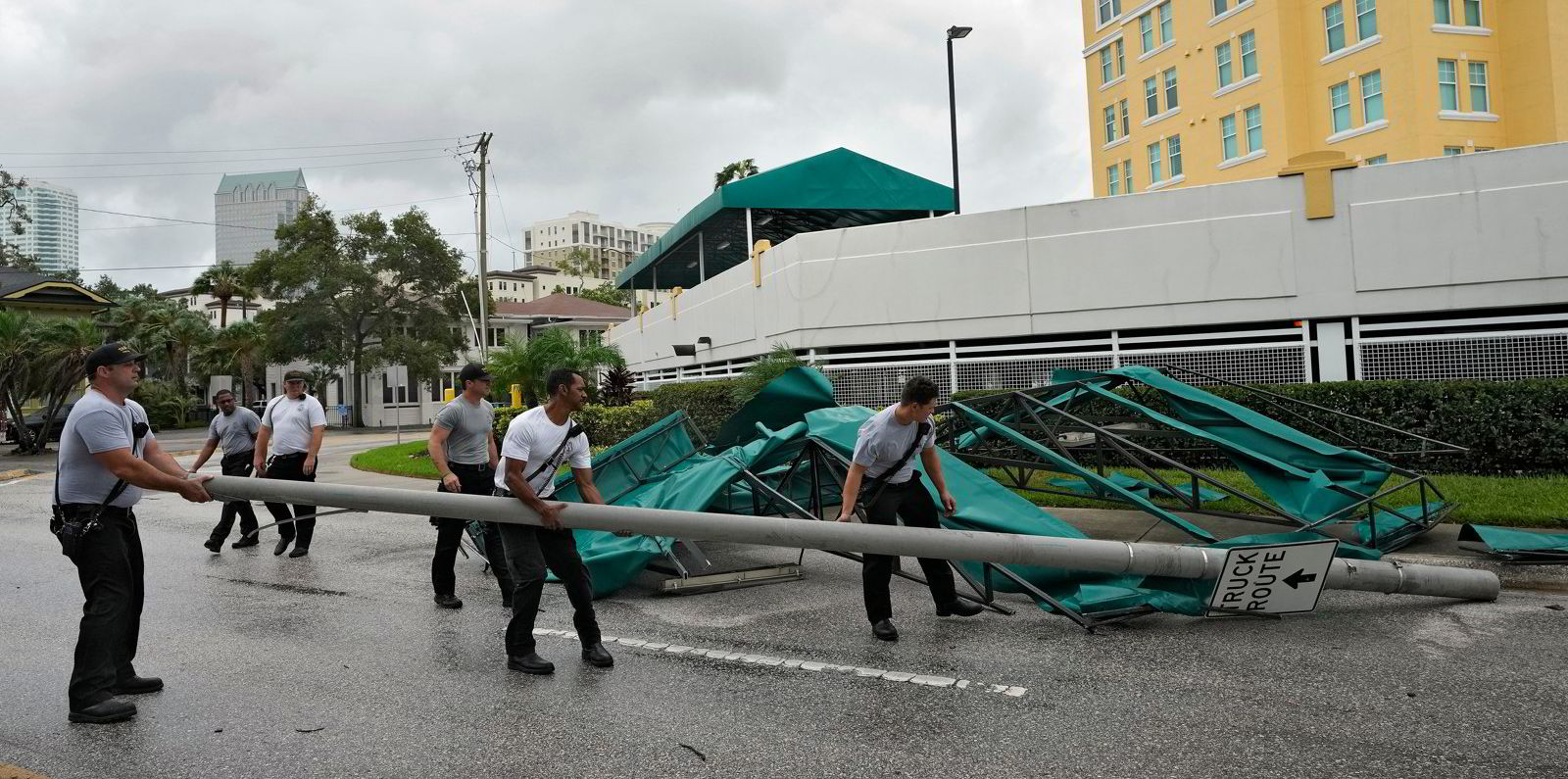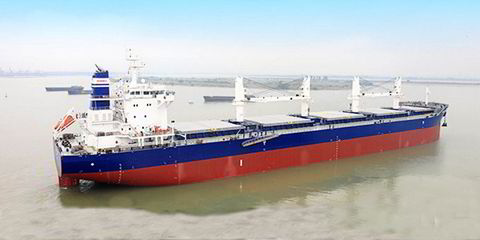Weak storms in the Atlantic are turning into major hurricanes more often and with ever greater speed as a result of climate change, according to new research.
The paper found that weak hurricanes in the North Atlantic were twice as likely to strengthen from a weak Category 1 storm to a major Category 3 hurricane in 24 hours than between 1970 and 1990.
The study published in Scientific Reports discovered that the phenomenon was most likely to happen off the US Atlantic coast and in the Caribbean Sea. It was less likely in the Gulf of Mexico, a key zone for oil shipments.
A highly active season of six Atlantic hurricanes this year has largely spared US oil fields in the northern Gulf of Mexico.
Only Tropical Storm Harold has disrupted operations at three refineries in Corpus Christi, Texas, for a day owing to power cuts in August, Reuters reported.
Hurricanes intensify most swiftly over areas of unusually warm sea surface temperatures in a development linked to climate change.
Six of the most economically damaging hurricanes in the last decade have all strengthened rapidly. Hurricanes Sandy (2012), Maria, Harvey and Irma (2017), Ida (2021) and Ian (2022) evolved from tropical storms to major hurricanes in less than three days.
“Findings presented here thus emphasize not only a need to curb greenhouse gas emissions and limit future warming… but also a need for coastal planning and communication measures that will allow vulnerable communities to prepare for the changing hazard,” said the paper’s author, Andra Garner, an assistant professor at Rowan University in New Jersey, US.
Read more
- US closes ports across Florida’s Gulf Coast ahead of major hurricane
- Gulf Navigation chemical tanker under tow after engine failure
- Three killed after shipbuilding gantry crane topples at Wuhu Shipyard
- European diesel demand set to lift MR2 tanker fortunes
- Comment: From a deluge in Florida, a lesson in port resilience





